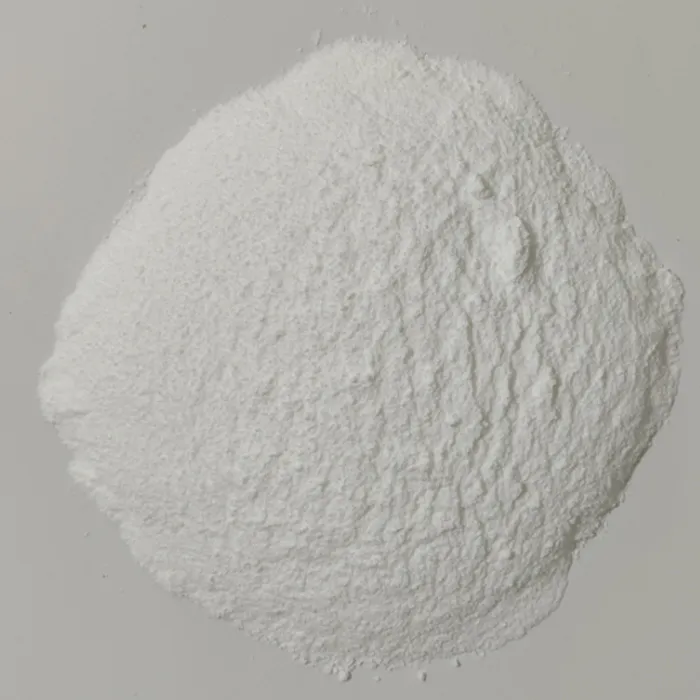Understanding the Price Dynamics of Cationic Polyacrylamide
Cationic polyacrylamide (CPAM) is a versatile polymer widely used in various industrial applications, including water treatment, paper manufacturing, and enhanced oil recovery. Its ability to flocculate particles and control viscosity makes it an essential chemical in these sectors. Given its widespread use, the price of cationic polyacrylamide is a significant topic of discussion among manufacturers and consumers alike. In this article, we will explore the factors influencing the price of CPAM and the trends observed in the market.
1. Raw Material Costs
The production of cationic polyacrylamide heavily relies on raw materials such as acrylamide and cationic monomers. Fluctuations in the prices of these raw materials, influenced by factors such as supply chain disruptions, geopolitical issues, and changes in crude oil prices, can significantly affect the price of CPAM. For instance, if there is a shortage of acrylamide due to increased demand in other sectors, the cost of CPAM is likely to rise.
2. Production Processes
The cost of producing cationic polyacrylamide also plays a crucial role in determining its market price. Different manufacturers may use varying technologies and methods that influence production efficiency and costs. More advanced production techniques might reduce operational costs and, consequently, the selling price of CPAM. Conversely, older or less efficient manufacturing processes could lead to higher prices due to increased energy consumption and higher waste disposal costs.
The demand for cationic polyacrylamide is driven by its applications across various industries. In water treatment, for instance, the growing prevalence of water scarcity and increasing regulations on water quality are driving demand for effective flocculants and coagulants. Similarly, in the paper industry, the demand for higher-quality products necessitates the use of CPAM. As the need for CPAM grows, manufacturers may increase prices, especially if supply remains constant or diminishes.
cationic polyacrylamide price

4. Regulatory Factors
Regulatory frameworks governing the production and use of chemicals can also impact the price of cationic polyacrylamide. Stricter regulations regarding environmental standards and chemical safety can elevate production costs for manufacturers, which may be passed on to consumers in the form of higher prices. Conversely, reduced regulatory burdens in certain regions could lower production costs and stabilize prices.
5. Global Trade Dynamics
The international nature of the cationic polyacrylamide market means that global trade dynamics can significantly impact pricing. Tariffs, trade agreements, and international supply chain logistics can all influence the final cost of CPAM. For example, if there are trade restrictions between major exporting and importing countries, it could lead to price increases due to limited availability.
6. Market Trends and Future Outlook
In recent years, the cationic polyacrylamide market has witnessed fluctuations in pricing, reflecting the interplay of the factors mentioned earlier. Forecasts suggest that as industries continue to evolve and innovate, the demand for CPAM will likely remain strong. However, prices may stabilize or decline if new, cost-effective methods of production are developed and if alternative products emerge in the market.
In conclusion, the price of cationic polyacrylamide is influenced by a complex interplay of raw material costs, production methods, market demand, regulatory factors, and global trade dynamics. Understanding these factors is crucial for stakeholders in the industry, including manufacturers, suppliers, and consumers, as they navigate the ever-changing landscape of the chemical market. As the world moves toward sustainable practices, the future of CPAM pricing will undoubtedly reflect broader economic and environmental trends.

